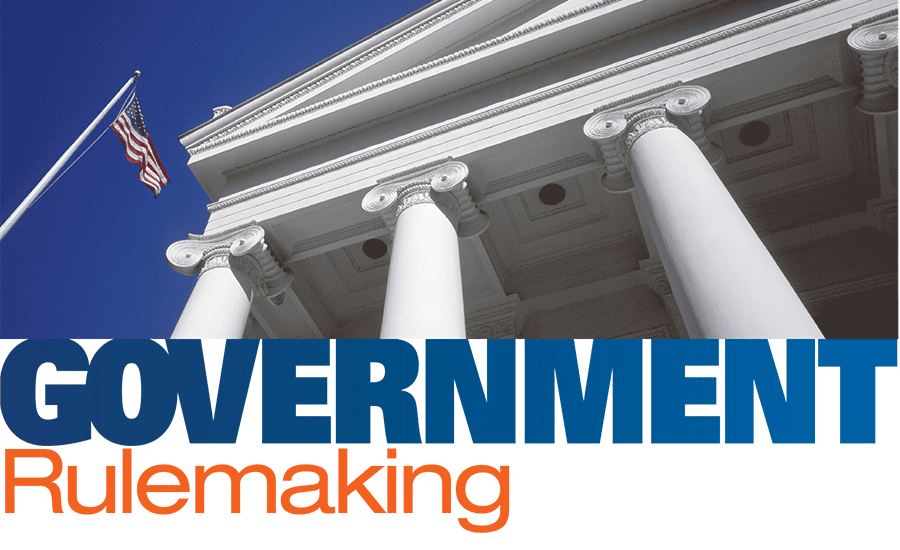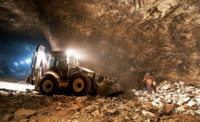The U.S. Department of Labor’s Mine Safety and Health Administration says it will issue a Final Rule for Examination of Working Places in Metal and Nonmetal Mines. The new rule will be published in the Federal Register on Jan. 23, 2017, and go into effect on May 23, 2017.
The final rule improves miner safety and health in three primary areas, requiring that:
- The examination be conducted before miners are exposed to adverse conditions.
- Affected miners be notified when a hazardous condition is found.
- A record of the examination include the locations examined, the adverse conditions found and the date of the corrective action.
Nearly 250,000 miners work at more than 11,800 U.S. metal and nonmetal mining operations.
Under the existing standards, an examination could be conducted at any time during the shift – even at the very end of the shift – exposing miners to hazardous conditions. Currently, there are no provisions for miners to be notified of the hazards found during the examination, or for noting the hazards found in the examination record.
“MSHA has taken a common sense approach with this rule,” said Joseph A. Main, assistant secretary of labor for mine safety and health. “Effective examinations will improve working conditions and practices in the nation’s mines, ultimately preventing accidents and injuries.”
Main noted that a number of mining operations already have these measures in place.
“The additional required communication – notifying miners of hazardous conditions – will encourage prompt corrective action and save lives,” he said. “Miners deserve nothing less.”
From January 2010 through mid-December 2015, 122 miners were killed in 110 accidents at metal and nonmetal mines. In 16 of those accidents, MSHA issued citations for the mine operator’s unwarrantable failure to comply with provisions of the Federal Mine Safety and Health Act of 1977.
“Unwarrantable failure violations involve serious conditions of which the mine operator was aware or should have been aware,” said Main. “Had the individual conducting the examination recorded these adverse conditions, mine operators would have taken prompt corrective action, which would have protected miners from serious injury.”
MSHA plans to develop outreach and compliance assistance materials related to the final rule and provide these materials to stakeholders at seminars and on its website. To ensure consistency, the agency will conduct enforcement training for its inspectors and managers.





